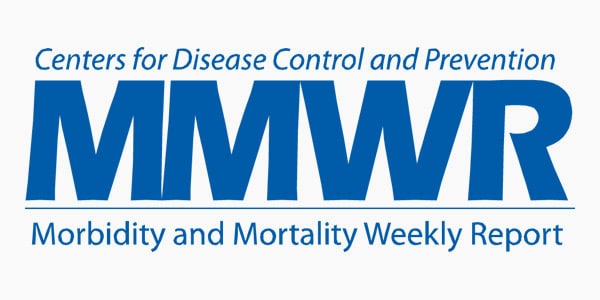Abstract and Introduction
Abstract
Opioid use disorder (OUD) is a rising public health crisis, impacting millions of individuals and families worldwide. Anesthesiologists can play a key role in improving morbidity and mortality around the time of surgery by informing perioperative teams and guiding evidence-based care and access to life-saving treatment for patients with active OUD or in recovery. This article serves as an educational resource for the anesthesiologist caring for patients with OUD and is the second in a series of articles published in Anesthesia & Analgesia on the anesthetic and analgesic management of patients with substance use disorders. The article is divided into 4 sections: (1) background to OUD, treatment principles, and the anesthesiologist; (2) perioperative considerations for patients prescribed medications for OUD (MOUD); (3) perioperative considerations for patients with active, untreated OUD; and (4) nonopioid and nonpharmacologic principles of multimodal perioperative pain management for patients with untreated, active OUD, or in recovery. The article concludes with a stepwise approach for the anesthesiologist to support OUD treatment and recovery. The anesthesiologist is an important leader of the perioperative team to promote these suggested best practices and help save lives.
Introduction
Opioid use disorder (OUD), though a treatable disease, is an intensifying public health crisis in the United States and worldwide. From 2020 to 2021, drug overdose deaths increased by nearly 30% versus the same period in the year prior.[1] The anesthesiologist may not view him or herself as a key leader in improving access to life-saving treatment for OUD. However, as leaders of perioperative medicine, the anesthesiologist is essential to guiding OUD treatment, a critical step to improving our patients' morbidity and mortality around the time of surgery. This public health crisis must be addressed head on by all health care providers. Anesthesiologists can play a leading role in identifying patients with untreated OUD to appropriately direct the anesthetic and perioperative planning, as well as facilitate patient access to OUD treatment.[2,3] Studies demonstrate that even brief medication courses initiated in the emergency department or inpatient setting decrease morbidity and mortality.[4–10] Despite clear evidence-based strategies, most individuals with OUD are not receiving treatment.[11–13] Given the millions of patients and families impacted by this devastating disease, anesthesiologists do not need to be experts in addiction medicine but rather can help guide OUD treatment and reverse these trends. Recovery, and maintaining recovery, is possible.
This article is the second in a series of articles published in Anesthesia & Analgesia on the anesthetic and analgesic management of patients with substance use disorders (SUDs). Anesthesiologists may defer recommending treatment strategies or medications for OUD (MOUD) due to a lack of knowledge and/or guiding principles. This article aims to address this barrier. Designed to provide a practical framework on basic strategies for the general anesthesiologist in suggested best practices for team-based perioperative management of patients with OUD or in recovery, this publication is not intended to be an exhaustive review. The manuscript is divided into 4 sections: (1) overview of key background information on OUD, a disease with significant public health, psychosocial, and economic consequences, as well as a brief review of multidisciplinary treatment strategies including MOUD; (2) perioperative considerations and best practices for the anesthesiologist in caring for our patients prescribed 1 of the 3 Food and Drug Administration (FDA)-approved MOUD (methadone, buprenorphine, or naltrexone); (3) best practices in the perioperative management of patients with active, untreated OUD and considerations for comanaging postoperative pain and addiction; and (4) principles in nonopioid and nonpharmacologic perioperative pain management strategies for patients with OUD. The article concludes with a stepwise approach for the anesthesiologist to support treatment and recovery—a positive impact on our patients' health and postsurgical outcomes.
Anesth Analg. 2023;137(3):488-507. © 2023 International Anesthesia Research Society









